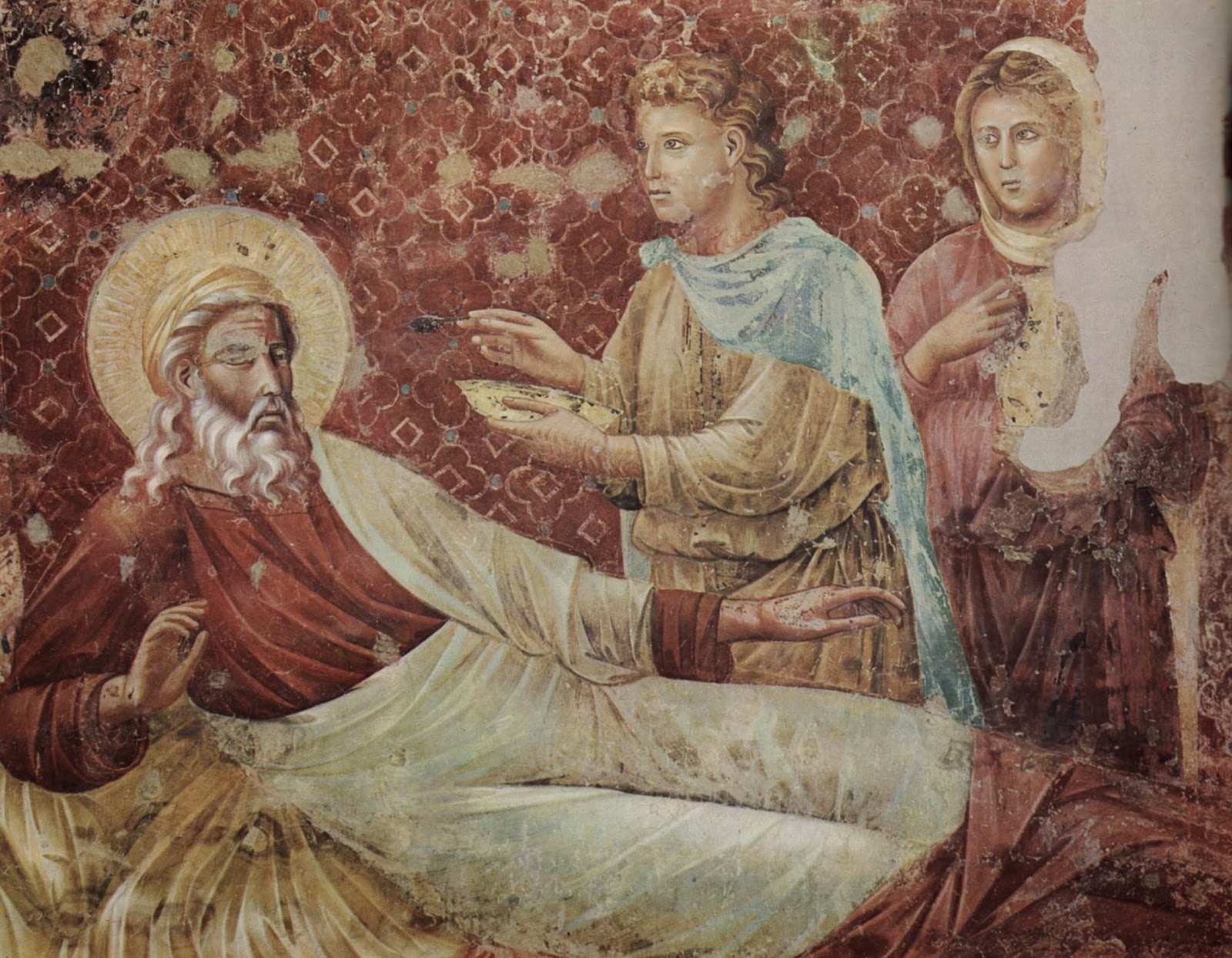I have heard, on several occasions, that some of the beauty and eloquence of Elder Neal A. Maxwell's talks are, to some extent, lost in translation. His carefully constructed choice of verbiage provides poetic expression that capitalizes upon the nuances of the English language. When his words are converted into a foreign language, apparently much of the intended wordplay does not carry over, and as such, appreciation for his sophisticated use of the language seems lessened, if not lost.
Isaiah was similarly highly-skilled in his writing abilities. When we often hear that Isaiah is difficult to understand, part of that difficulty comes with the inherent loss of his masterful artistry of language that is lost through translation. The intended message may become indecipherable in English. Margaret Barker demonstrates some of this wordplay in Isaiah that illustrates this point in a subtitled, "Echoing texts," in her The Hidden Tradition of the Kingdom of God:










